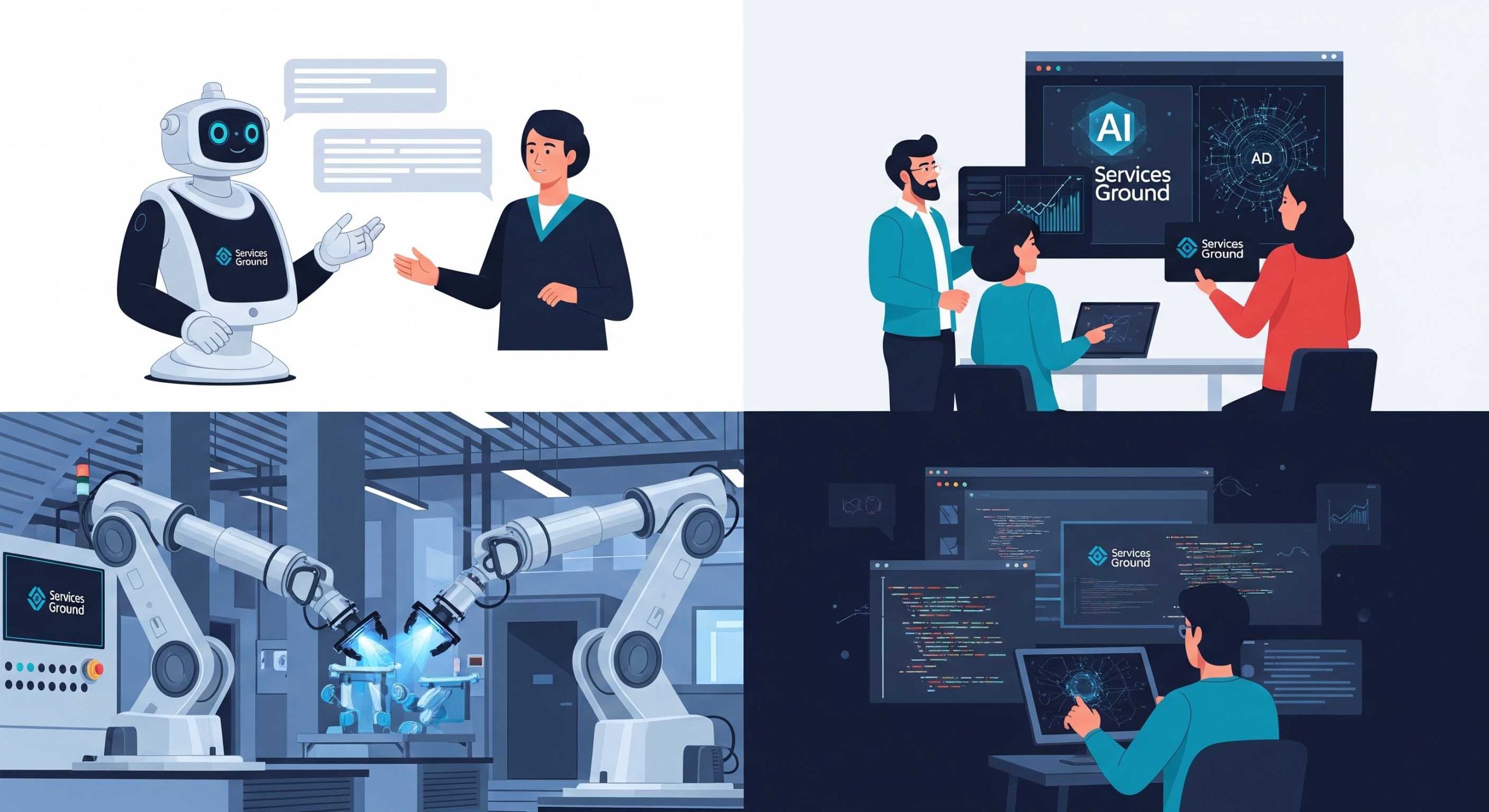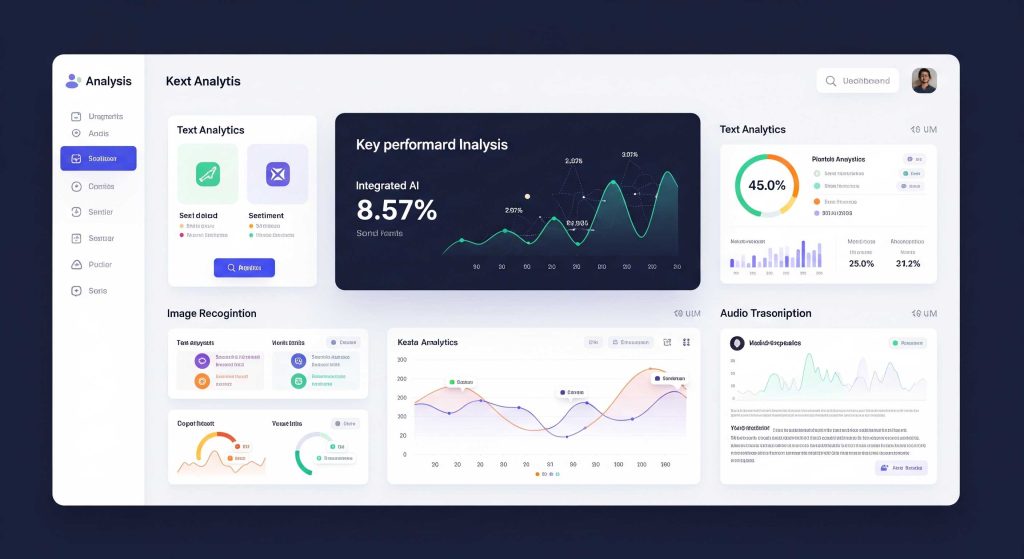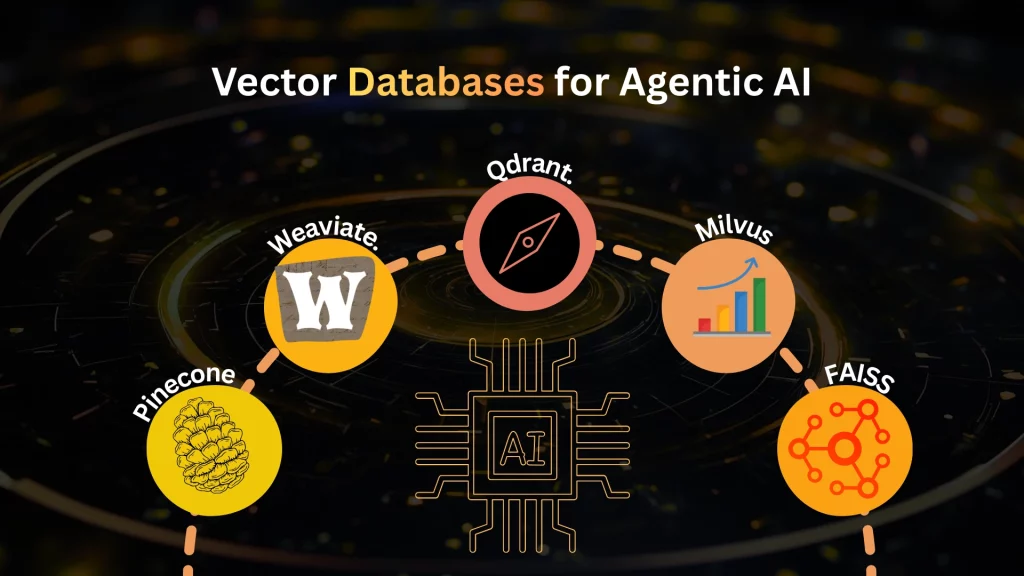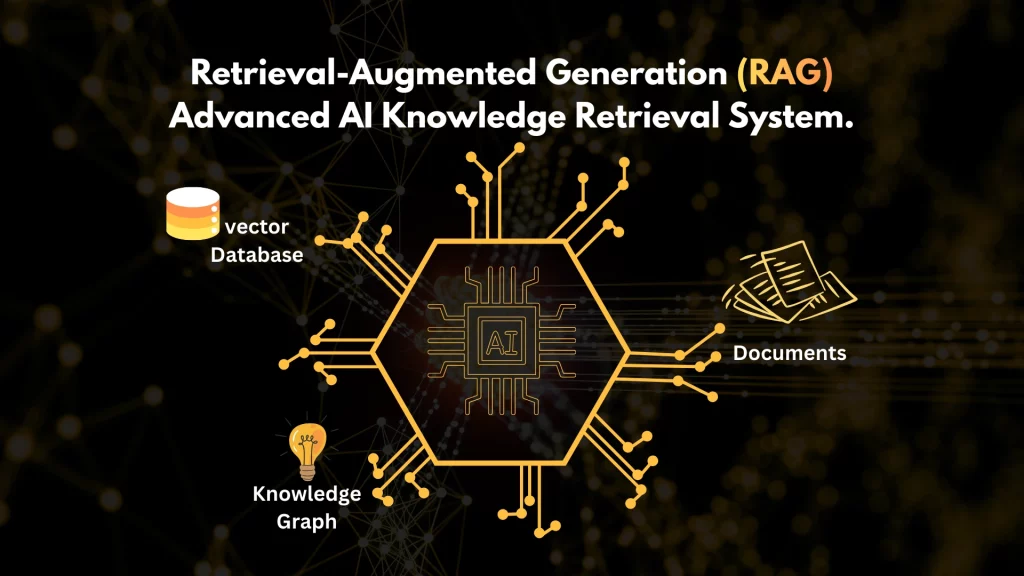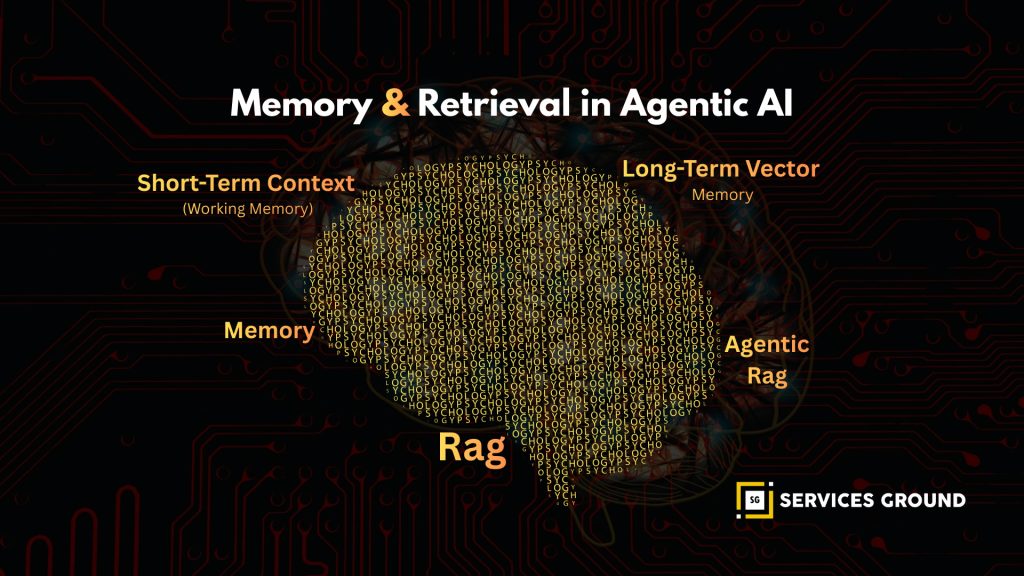Translating AI Capabilities into Business Value
In the dynamic landscape of 2025, Artificial Intelligence models are no longer abstract concepts; they are powerful tools ready to be deployed for tangible business impact. For business leaders and entrepreneurs, the challenge isn’t just understanding what AI models are, but how to effectively apply them to solve real-world problems, enhance operations, and create new opportunities. This guide is designed to bridge that gap, offering a practical perspective on how different AI model types can be leveraged to drive business value.
We’ve seen the foundational types of AI models—from Large Language Models (LLMs) to image and video generation, computer vision, multimodal systems, and autonomous agents. Now, it’s time to explore their practical applications. How can an LLM streamline your customer service? How can image generation revolutionize your marketing visuals? How can computer vision optimize your operational efficiency? And how can AI agents automate complex workflows?
This blog post will delve into the business applications of each major AI model type, providing insights into how these technologies can be integrated into your existing processes to achieve measurable results. We’ll focus on real-world scenarios, helping you identify opportunities within your own organization to harness the transformative power of AI.
Applying AI Model Types: Practical Business Scenarios
Each category of AI model brings a unique set of capabilities that can be mapped to specific business needs. Let’s explore how:
1. Large Language Models (LLMs): Enhancing Communication and Content
LLMs are revolutionizing how businesses handle text-based tasks, offering significant improvements in efficiency, personalization, and scale.
- Customer Service Automation: Deploy LLM-powered chatbots and virtual assistants to handle routine customer inquiries, provide instant support, and escalate complex issues to human agents. This reduces response times, improves customer satisfaction, and lowers operational costs.
- Content Creation and Marketing: Generate high-quality marketing copy, blog posts, social media updates, email campaigns, and product descriptions at scale. LLMs can also assist in personalizing content for different audience segments, ensuring higher engagement.
- Internal Knowledge Management: Create intelligent search systems that allow employees to quickly find information within vast internal documents, policies, and databases. LLMs can summarize complex reports, answer employee questions, and even draft internal communications.
- Code Generation and Development Assistance: For tech-focused businesses, LLMs can accelerate software development by generating code snippets, suggesting bug fixes, and providing documentation assistance, freeing developers to focus on more complex problem-solving.
2. Image Generation Models: Revolutionizing Visual Content Creation
These models are transforming marketing, design, and product development by enabling rapid and cost-effective creation of visual assets.
- Marketing and Advertising: Generate unique and diverse visual content for ad campaigns, social media, and website banners without the need for extensive photoshoots or graphic design resources. This allows for A/B testing of visuals at an unprecedented scale.
- Product Design and Visualization: Create realistic product mockups, visualize design variations, and generate conceptual art for new products. This accelerates the design cycle and allows for more iterative development.
- E-commerce and Retail: Produce high-quality product images, lifestyle shots, and virtual try-ons, enhancing the online shopping experience and reducing the need for physical inventory photography.
- Personalized Marketing: Generate custom images for individual customers based on their preferences and past interactions, leading to highly engaging and relevant marketing materials.
3. Video Generation Models: Dynamic Content for Engagement
While still an emerging field, video generation models are poised to change how businesses create dynamic and engaging content.
- Social Media and Marketing: Quickly produce short, engaging video clips for social media campaigns, product announcements, and promotional content, allowing businesses to maintain a fresh and dynamic online presence.
- Training and Onboarding: Generate explanatory videos for employee training, product tutorials, or customer onboarding, making complex information more accessible and engaging.
- Personalized Video Messages: Create customized video messages for customers, such as personalized greetings or product recommendations, enhancing customer relationships at scale.
4. Computer Vision Models: Gaining Insights from Visual Data
Computer Vision (CV) models enable businesses to extract valuable insights and automate processes based on visual information.
- Quality Control and Inspection: Automate the inspection of products on assembly lines, identifying defects or anomalies with high precision, leading to improved product quality and reduced waste.
- Security and Surveillance: Enhance security systems with automated facial recognition, anomaly detection, and object tracking, improving safety and response times.
- Retail Analytics: Analyze customer traffic patterns, shelf inventory, and product placement in physical stores to optimize store layouts, improve merchandising, and understand customer behavior.
- Healthcare Diagnostics: Assist medical professionals in analyzing medical images (X-rays, MRIs) for early detection of diseases, improving diagnostic accuracy and speed.
5. Multimodal Models: Integrated Content Strategies
Multimodal models offer the ability to understand and generate content across different data types, leading to richer and more intuitive interactions.
- Enhanced Customer Experience: Develop customer interfaces that can understand both spoken language and visual cues, leading to more natural and effective interactions. For example, a customer could upload a picture of a product issue and describe it verbally.
- Integrated Content Creation: Generate comprehensive marketing campaigns that include text, images, and even audio, all from a single prompt, ensuring consistency across different media.
- Advanced Data Analysis: Analyze complex datasets that combine text documents with images or videos, extracting deeper insights than possible with single-modality analysis.
6. AI Agents: Automating Complex Workflows and Decision Support
AI agents are the ultimate automation tools, capable of planning and executing multi-step tasks autonomously.
- Workflow Automation: Automate complex business processes that involve multiple steps, systems, and decision points, such as lead qualification, supply chain optimization, or financial reconciliation.
- Personal Productivity Agents: Deploy agents to manage schedules, organize emails, conduct research, and prepare reports for executives and employees, significantly boosting individual productivity.
- Intelligent Decision Support: Provide real-time recommendations and execute actions based on complex data analysis, assisting in strategic decision-making for areas like investment, resource allocation, or market entry.
- Autonomous Software Development: In the future, agents could autonomously write, test, and deploy software components based on high-level requirements, revolutionizing the software development lifecycle.
Implementation Considerations for Business Integration
Successfully integrating AI models into your business requires more than just understanding their capabilities. Consider these key factors:
- Identify Clear Use Cases: Start with well-defined problems where AI can provide a clear, measurable benefit. Don’t implement AI for AI’s sake.
- Data Readiness: Ensure you have access to clean, relevant, and sufficient data to train or fine-tune AI models. Data quality is paramount.
- Pilot Projects: Begin with small-scale pilot projects to test the feasibility and impact of AI solutions before a full-scale rollout.
- Talent and Training: Invest in training your existing workforce or hiring new talent with AI expertise to manage and leverage these technologies effectively.
- Ethical Guidelines: Establish clear ethical guidelines for AI use within your organization to ensure responsible and trustworthy deployment.
- Scalability and Infrastructure: Plan for the necessary computational infrastructure and scalability to support your AI initiatives as they grow.
Conclusion: Your AI-Powered Future Starts Now
The array of AI models available in 2025 offers unprecedented opportunities for businesses to innovate, optimize, and grow. By understanding the specific capabilities of LLMs, image and video generation, computer vision, multimodal systems, and AI agents, you can strategically identify and implement solutions that deliver real value.
Embrace the power of AI not as a replacement for human intelligence, but as a powerful augmentation that frees your team to focus on creativity, strategy, and complex problem-solving. The future of business is intelligent, and by thoughtfully applying these AI models, you can position your organization at the forefront of innovation.
You can also follow us on Facebook, Instagram, Twitter, Linkedin, or YouTube.

